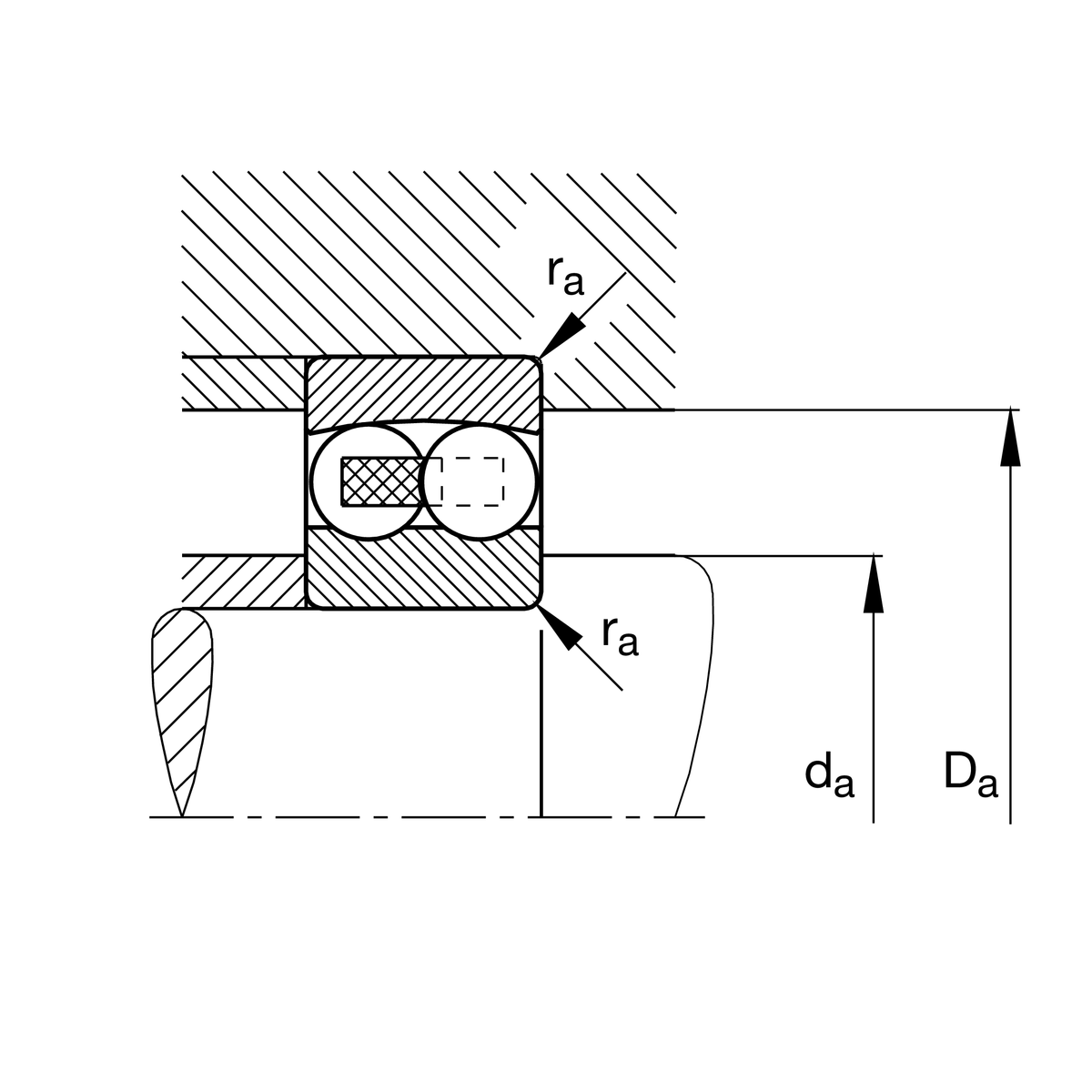Alright folks, gather 'round because we’re diving deep into something that’s both fascinating and culturally rich: the world of "fag" in Italy. Now, before you get all worked up, let me clarify—this isn’t about what you might think. In Italy, "fag" is actually short for "fagiano," which translates to "pheasant" in English. Yeah, I know, not exactly what you were expecting, right? But stick with me here because this journey is going to take us through history, cuisine, and even some quirky Italian slang. So, buckle up!
When we talk about "fag" in Italy, we’re not just talking about a bird. We’re talking about a symbol of Italian tradition, a culinary delicacy, and a word that’s deeply embedded in the country’s language and culture. It’s one of those terms that, when you first hear it, makes you do a double take. But once you understand its context, it opens up a whole new world of appreciation for the complexities of the Italian language. And trust me, this is just the beginning.
So why are we here? Why are we exploring this topic? Well, because understanding the nuances of language and culture is what makes traveling—or even just learning about other countries—so much fun. And if you’re planning a trip to Italy or just curious about its rich tapestry of traditions, this article is for you. Let’s dive in and discover the magic of "fag" in Italy, shall we?
- Where Is Bashfortheworld From Unveiling The Roots And Journey Of A Rising Star
- Grace Peck The Rising Star You Need To Know About
Understanding the Meaning of Fag in Italy
Let’s break it down, shall we? In Italy, "fag" is a shortened version of "fagiano," which refers to the pheasant—a bird that’s not only beautiful but also plays a significant role in Italian cuisine and folklore. Now, you might be wondering why Italians would shorten such a majestic word. Well, that’s just how they roll. Italians are all about efficiency, even in their language. So, "fagiano" becomes "fag," and just like that, a whole new conversation starter is born.
Where Did It All Begin?
The history of "fag" in Italy dates back centuries. Pheasants were introduced to the country during the Roman Empire, and since then, they’ve been a staple in Italian hunting and cuisine. Back in the day, hunting pheasants was a sport reserved for the elite, making the bird a symbol of wealth and status. Fast forward to modern times, and while the hunting aspect has diminished, the cultural significance of "fag" remains strong.
How Fag Became Part of Italian Cuisine
Alright, let’s talk food. Italians are known for their culinary prowess, and "fag" plays a starring role in many traditional dishes. From roasted pheasant to pheasant risotto, this bird is a delicacy that’s celebrated across the country. But it’s not just about the taste; it’s about the experience. Cooking with "fag" is an art form that requires patience, skill, and a deep appreciation for the ingredients. And let’s be honest, who doesn’t love a dish that tells a story?
- Grphon Diablo 333 Vs Moon North861 The Ultimate Battle Of Legends
- Carmelita Lombera The Rising Star Shining Brighter Than Ever
Popular Dishes Featuring Fag
- Pheasant Risotto: A creamy, flavorful dish that combines Arborio rice with pheasant stock, Parmesan cheese, and a hint of white wine.
- Roasted Pheasant: A classic dish that’s often served with potatoes and seasonal vegetables. The key here is to cook it slowly, allowing the flavors to develop over time.
- Pheasant Stew: A hearty dish that’s perfect for colder months. This stew is made with pheasant meat, tomatoes, onions, and a variety of herbs and spices.
The Cultural Significance of Fag in Italy
But it’s not just about the food, folks. "Fag" in Italy is also a symbol of cultural heritage. It’s a word that evokes images of rolling hills, ancient castles, and vibrant markets. It’s a reminder of Italy’s rich history and its enduring traditions. And while the world around us changes at lightning speed, "fag" remains a constant—a testament to the country’s unwavering commitment to its roots.
Traditions Surrounding Fag
In many parts of Italy, "fag" is still associated with hunting and outdoor activities. There are festivals dedicated to the bird, where locals gather to celebrate its cultural significance. These events often include traditional music, dancing, and, of course, plenty of food. It’s a chance for Italians to reconnect with their heritage and share their traditions with visitors from around the world.
Exploring the Language Behind Fag
Now, let’s talk about the language. Italians are known for their expressive way of speaking, and "fag" is no exception. It’s a word that’s often used in everyday conversation, sometimes as slang, sometimes as part of a longer phrase. And while it might sound casual, it’s steeped in meaning. Understanding the nuances of the language is key to truly appreciating the culture.
Common Phrases Featuring Fag
- Fagiano al vino: A dish made with pheasant cooked in wine. It’s a phrase you’ll often hear in Italian restaurants.
- Caccia al fagiano: Translates to "pheasant hunting" and is often used in the context of outdoor activities.
- Fagiano di campagna: Refers to a wild pheasant, which is considered a delicacy in Italian cuisine.
The Role of Fag in Italian Literature
Believe it or not, "fag" has made its way into Italian literature. From poetry to novels, the word is often used as a metaphor for beauty, grace, and freedom. It’s a testament to the bird’s enduring appeal and its place in the Italian psyche. And while you might not expect a word like "fag" to have such literary significance, it’s proof that language is a powerful tool for storytelling.
Famous Literary References
One of the most famous references to "fag" can be found in the works of Dante Alighieri, who used the bird as a symbol of divine beauty in his epic poem, "The Divine Comedy." Another notable mention comes from Giovanni Boccaccio, who included "fag" in his collection of tales, "The Decameron." These references highlight the bird’s importance in Italian culture and its lasting impact on the literary world.
Modern-Day Uses of Fag in Italy
Fast forward to today, and "fag" is still very much a part of Italian life. You’ll find it in menus, on street signs, and even in casual conversation. But it’s not just about the word itself; it’s about the stories it tells and the connections it fosters. In a world that’s increasingly digital, "fag" serves as a reminder of the importance of tradition and community.
How Italians Use Fag Today
Today, Italians use "fag" in a variety of ways. It’s a term that’s often associated with hunting and outdoor activities, but it’s also used in the context of food and culture. You’ll find it in cookbooks, on restaurant menus, and even in social media posts. It’s a word that’s both familiar and intriguing, a testament to the enduring appeal of Italian tradition.
Challenges and Controversies Surrounding Fag
Of course, no topic is without its challenges. While "fag" is celebrated in many parts of Italy, it’s also the subject of controversy. Some argue that hunting pheasants is unethical, while others believe that it’s an important part of the country’s cultural heritage. It’s a debate that’s unlikely to be resolved anytime soon, but it’s one that highlights the complexities of modern-day Italy.
Addressing the Controversy
To address the controversy surrounding "fag," many Italian communities have implemented regulations to ensure that hunting is done in a sustainable and ethical manner. These regulations are designed to protect the bird population while still allowing for traditional practices to continue. It’s a delicate balance, but one that’s necessary for the preservation of Italy’s cultural heritage.
Conclusion: Why Fag Matters in Italy
So there you have it, folks—a deep dive into the world of "fag" in Italy. From its origins as a symbol of wealth and status to its modern-day role in cuisine and culture, this word has a rich and fascinating history. And while it might seem like just another word, it’s so much more than that. It’s a reminder of the importance of tradition, the power of language, and the enduring appeal of Italian culture.
Now, I want to leave you with a challenge. The next time you’re in Italy—or even just exploring Italian culture from afar—take a moment to appreciate the nuances of the language. Pay attention to the words that are used, the stories they tell, and the connections they foster. And if you ever find yourself ordering "fagiano" at a restaurant, remember that you’re not just eating a bird—you’re experiencing a piece of Italian history.
So, what are you waiting for? Share this article with your friends, leave a comment below, and let’s keep the conversation going. Because when it comes to "fag" in Italy, there’s always more to discover.
Table of Contents
- Understanding the Meaning of Fag in Italy
- Where Did It All Begin?
- How Fag Became Part of Italian Cuisine
- Popular Dishes Featuring Fag
- The Cultural Significance of Fag in Italy
- Traditions Surrounding Fag
- Exploring the Language Behind Fag
- Common Phrases Featuring Fag
- The Role of Fag in Italian Literature
- Modern-Day Uses of Fag in Italy
- Challenges and Controversies Surrounding Fag



Detail Author:
- Name : Thomas Bednar
- Username : ocummerata
- Email : bartell.blaise@gmail.com
- Birthdate : 1989-01-01
- Address : 1503 Leffler Ranch Suite 442 Cassandreberg, VA 92556-5615
- Phone : (828) 432-4175
- Company : Hill, Parker and Daniel
- Job : Physician
- Bio : Et doloremque molestiae eaque nam sit sed ducimus. Cupiditate fuga quis nesciunt quis.
Socials
tiktok:
- url : https://tiktok.com/@lexie_official
- username : lexie_official
- bio : Omnis rerum et consequuntur nihil ut. Sunt quos veritatis et.
- followers : 4260
- following : 851
twitter:
- url : https://twitter.com/lexie_schmeler
- username : lexie_schmeler
- bio : Officiis ad reprehenderit eligendi praesentium omnis aut quia id. Et tempore hic nisi enim. Adipisci nemo sit quas a eaque et aut.
- followers : 628
- following : 530